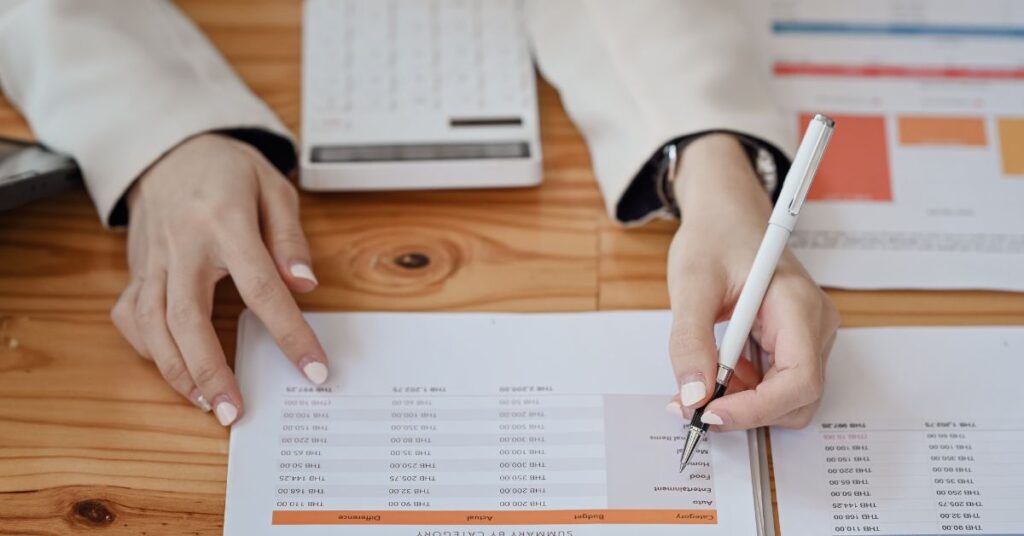
As a business owner, keeping a close eye on your finances is crucial. Did you know that 82% of small businesses fail because of poor cash flow management? Effective expense tracking and recording can be the lifeline that keeps your business running smoothly.
Before understanding the how, let’s clarify what business expenses are. Business expenses in accounting are costs incurred in the course of operating your company. These include everything from office rent to software subscriptions, utility bills, salaries, and even the coffee you buy for your team meetings.
Knowing what qualifies as a business expense is crucial because these costs can often be deducted from your taxable income, reducing your tax liability. While it may seem overwhelming at first, mastering this skill is not only manageable but also essential for long-term success.
If you’ve been wondering where to begin, this guide will walk you through the steps in a simple, straightforward manner. By the end of it, you’ll feel more confident about handling your expenses in accounting effectively.
Why Is Expense Tracking Important?
You may be wondering, why bother with meticulous tracking? Here’s why:
- Better Financial Decisions : Accurate expense tracking gives you a clear picture of where your money is going, enabling smarter financial planning.
- Tax Compliance : Come tax season, having well-organized records can save you from penalties and help you claim deductions easily.
- Cash Flow Management : Knowing your recurring expenses can prevent cash shortages and ensure you’re prepared for unexpected costs.
In essence, tracking your expenses is not just about keeping records but also about maintaining control over your finances.
How to Track Expenses in Accounting Effectively?
Let’s get into the nuts and bolts of tracking expenses. Here are simple steps to make this process seamless:
1. Separate Personal and Business Finances
One of the golden rules for new business owners is to keep your personal and business finances separate. Open a dedicated business bank account and use it exclusively for business transactions. This separation:
- Simplifies tracking expenses in accounting
- Prevents confusion during tax filing
- Makes your business appear more professional to clients and stakeholders
If you’re just starting out and don’t have a business account yet, prioritize setting one up.
2. Use an Expense Management Software
Gone are the days of manually logging expenses in a notebook. Technology can save you time and reduce errors. Expense tracking tools like itilite and QuickBooks offer easy-to-use interfaces where you can log and categorize expenses in accounting. Some key features to look for in a tracking system include:
- Integration with your bank account
- Automatic expense categorization
- Receipt scanning and storage
If you’re hesitant to invest in software, free options like Excel sheets can work as a starting point.
3. Record Expenses Promptly
A common mistake is delaying the recording of expenses. The longer you wait, the more likely you are to forget details or lose receipts. Make it a habit to log expenses as soon as they occur. For instance:
- After buying office supplies, immediately upload the receipt to your tracking app.
- If you entertain a client, note the purpose of the meeting along with the meal cost.
This practice ensures your records are always up-to-date and accurate.
Organizing Your Expenses
Once you’ve started tracking, the next step is organizing your expenses into categories. Proper categorization not only simplifies your financial overview but also helps during tax filing.
1. Types of Expenses in Accounting
Here are some typical categories to consider:
- Office Supplies: Pens, paper, printers, etc.
- Travel Expenses: Flights, lodging, car rentals.
- Utilities: Electricity, internet, and phone bills.
- Employee Salaries and Benefits: Payroll costs and health insurance.
- Marketing: Ads, website hosting, and design services.
Every business is unique, so adapt these types of expenses in accounting to fit your specific needs.
2. Use Consistent Labels
Whether you’re using an app or an Excel sheet, consistency is key. For example, always label travel-related costs as “Travel” rather than alternating between “Trips” and “Travel Expenses.” Consistent labeling minimizes confusion and makes reporting easier.
Saving and Managing Receipts
Receipts are more than just proof of purchase; they’re essential for audits and tax purposes. Here’s how to manage them effectively:
1. Go Digital
Paper receipts can easily get lost or damaged. Use a receipt-scanning app like itilite to digitize and store your receipts. Many apps allow you to upload receipts directly by taking a photo.
2. Organize by Date and Category
Once digitized, save your receipts in folders based on date or expense category. This organization will come in handy if you ever need to reference a specific receipt.
3. Retain Receipts for Tax Purposes
The IRS recommends keeping receipts for at least three years. If your business claims depreciation on assets, retain receipts until the asset is fully depreciated.
Reconciling Expenses in Accounting with Bank Statements
Reconciling your expense records with bank statements ensures accuracy. Here’s how you can do it:
- Match Entries: Compare each recorded types of expenses in accounting with your bank statement to ensure all transactions align.
- Identify Discrepancies: If there’s a mismatch, investigate promptly. It could be a missed entry or an unauthorized charge.
- Perform Monthly Reviews: Reconciliation should be a monthly routine. This consistency reduces the workload and ensures your records remain accurate.
You can also use itilite expense management software to automatically reconcile your expenses in accounting.
To ensure standard expense allowance for employees, create a business expense policy through this template.
Tips for Long-Term Expense Management
Once you’ve mastered the basics, maintaining a strong expense management system becomes easier. Here are some additional tips:
1. Set a Budget
Having a budget helps you allocate resources efficiently and prevents overspending. Regularly compare your actual expenses with your budget to identify areas where you can cut costs.
2. Automate Where Possible
Automation can save time and improve accuracy. Set up automatic payments for recurring expenses like utilities and subscriptions. Many tracking tools also allow for automated expense categorization.
3. Review Regularly
Schedule a monthly review of your expenses to spot trends and identify unnecessary costs. For example, you might discover that you’re paying for unused software subscriptions.
Mistakes to Avoid
As you work on improving your expense tracking, steer clear of these common pitfalls:
- Mixing Personal and Business Finances: This can lead to confusion and make tax filing difficult.
- Failing to Keep Receipts: Missing receipts can cause issues during audits or when claiming deductions.
- Ignoring Small Expenses: Even minor costs, like coffee runs, can add up over time and impact your bottom line.
Choose itilite to Simplify Expense Management
Tracking and recording expenses in accounting may feel daunting at first, but with the right approach, it can become a straightforward process. By separating your finances, using reliable tools, and staying consistent, you’ll not only maintain control over your cash flow but also set your business up for long-term success.
Remember, effective expense management isn’t just about compliance—it’s about empowering you to make informed decisions that drive growth. Book a demo with us today, and watch how it transforms your business operations.






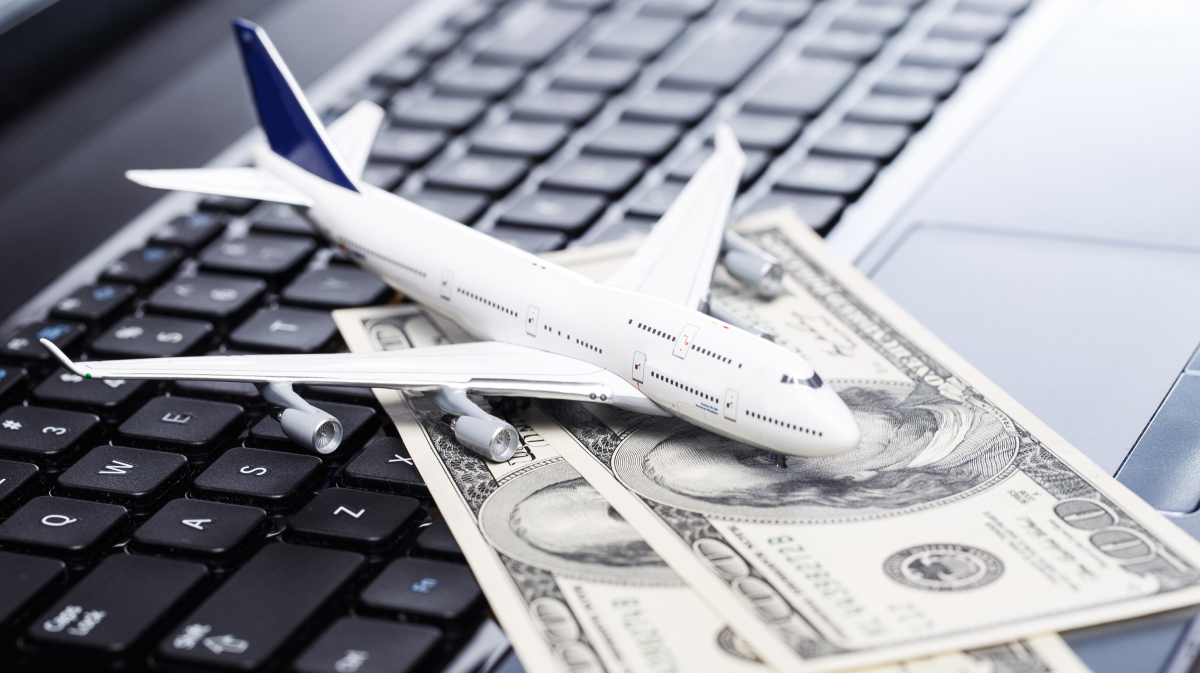
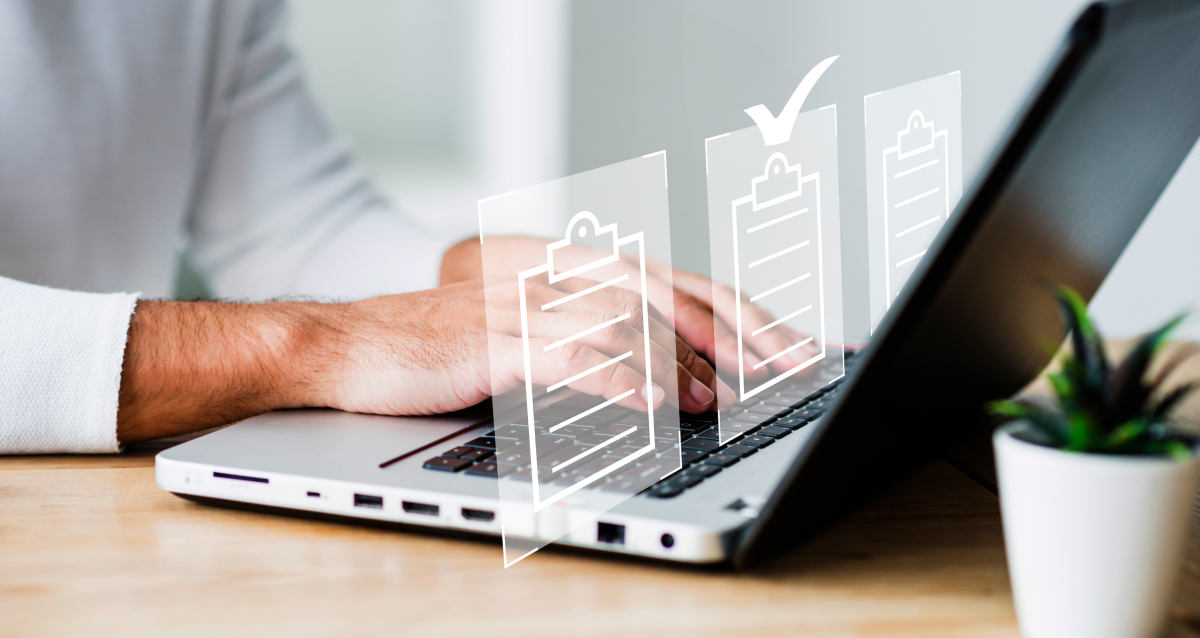
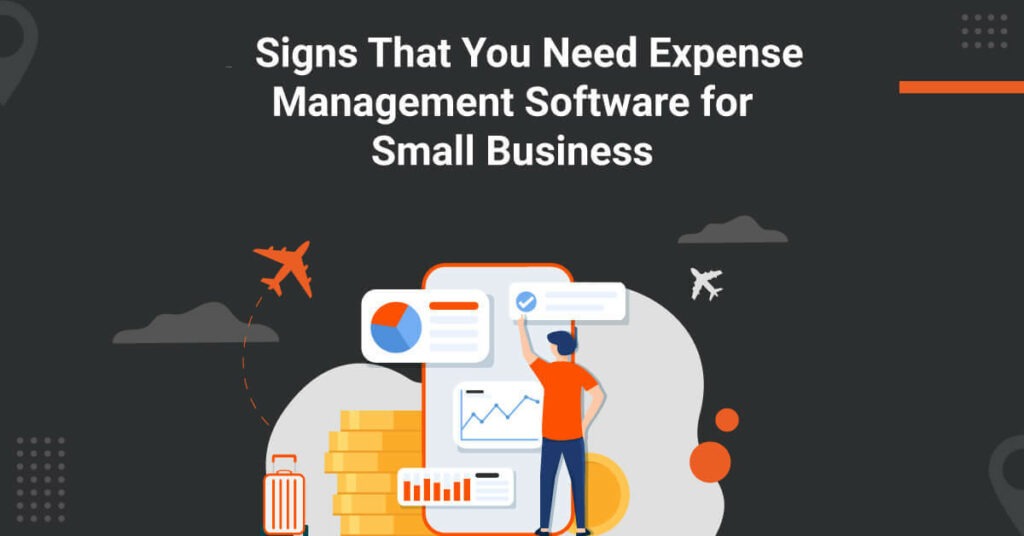
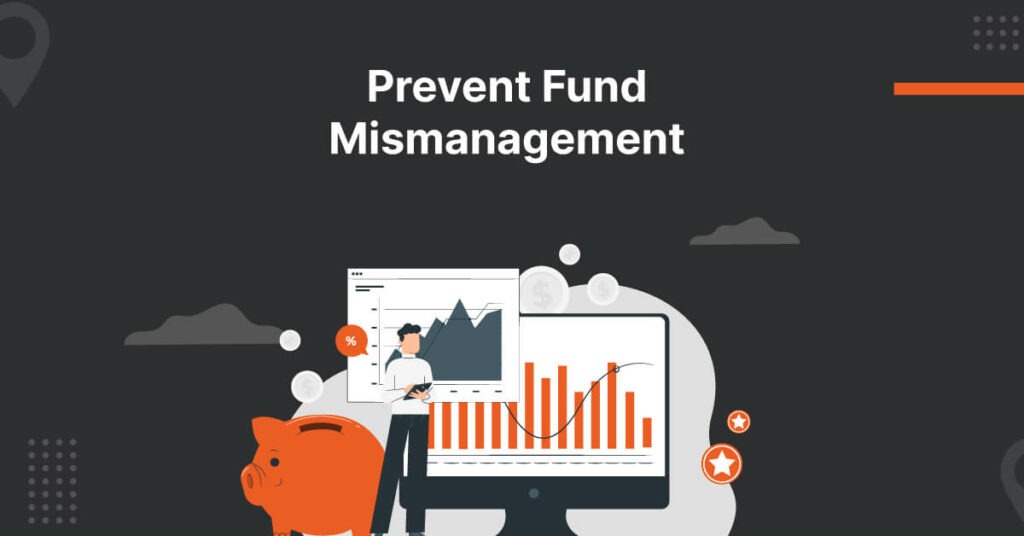






 and then
and then